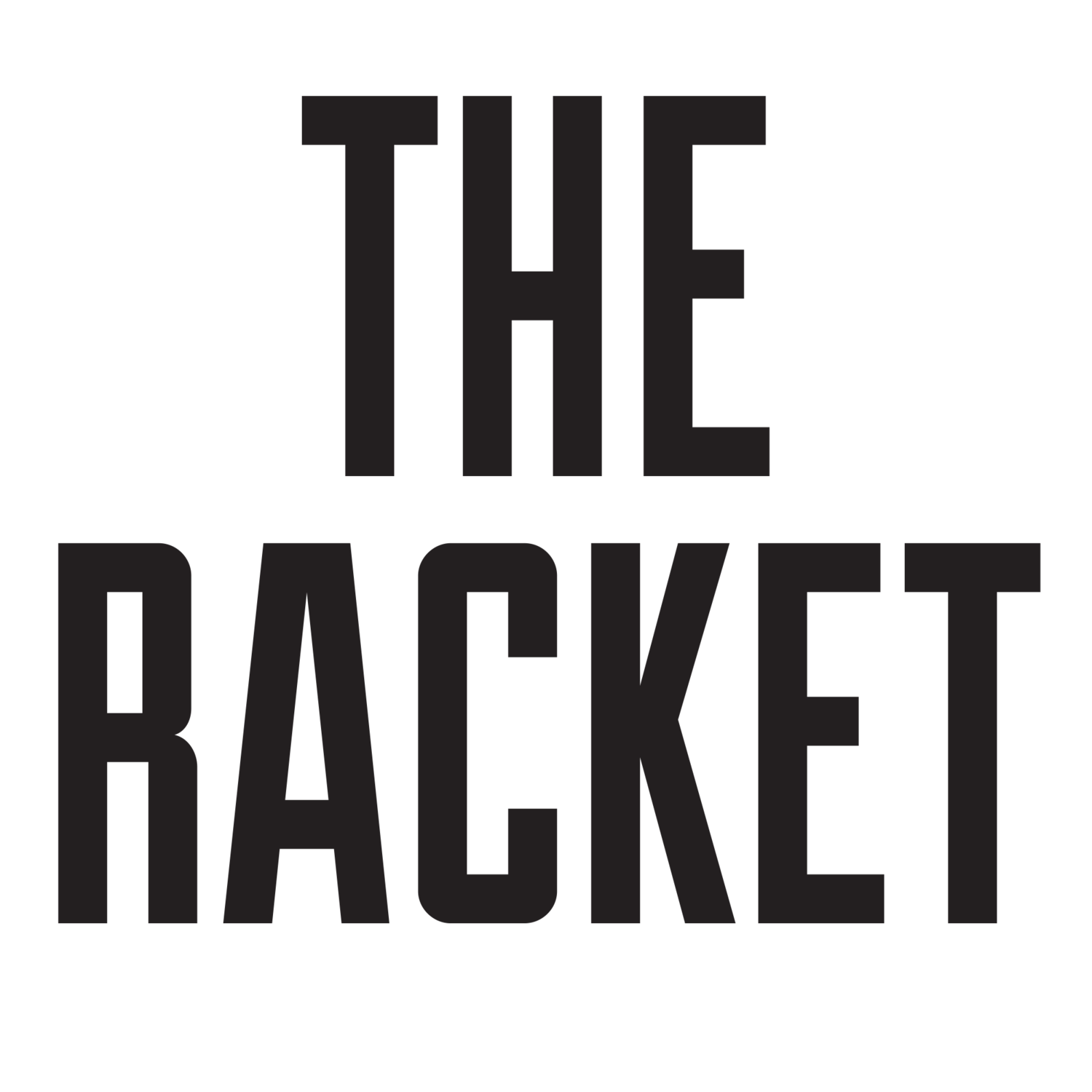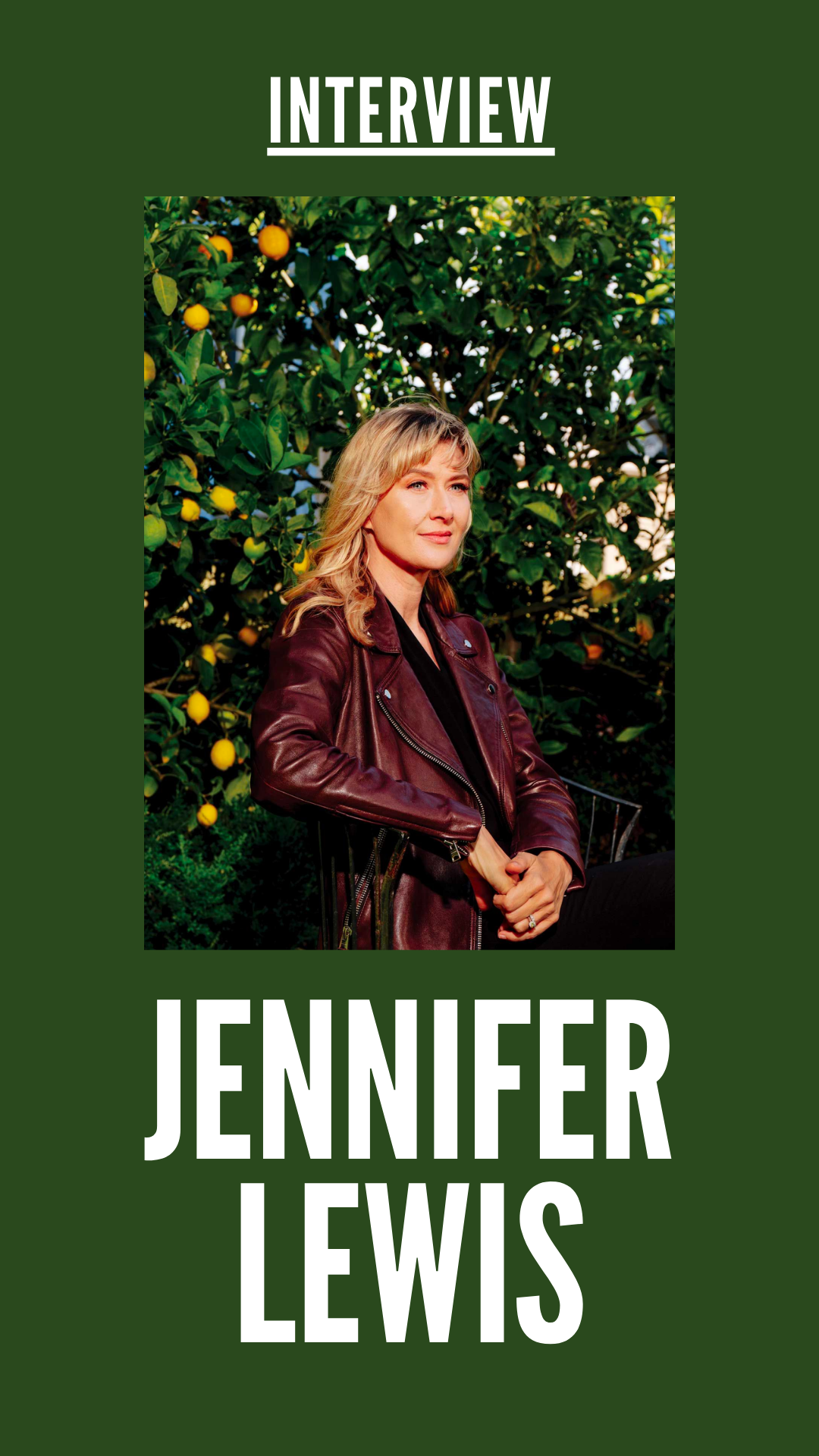POETRY : BRIDGE OF KNOTS (an excerpt) by C.E. Shue
C.E. Shue’s new collection of poetry–Bridge of Knots–is a conversation with life amidst the pandemic. In it Shue–carefully, subtly–pulls back the layers of her own life, peering at her memories, her emotions, her existence through the new, often terrifying, lens afforded by nearly 3 years of living in concert with the coronavirus. It’s a beautiful book and we are very excited to share this recorded excerpt for you to find joy in as well.
Before we get there though, grab a copy of Bridge of Knots.
Bridge of Knots (an excerpt)
by C.E. Shue
1
At first the stores ran out of toilet paper and bleach. Then they ran out of bread and water. Then flour and yeast, and so on down the supply chain. For a while we had to line up outside the grocery store wearing our masks. Now we don’t have to wait in line anymore, but I still wear my mask when I go shopping.
I didn’t hoard toilet paper, but I did stockpile antidepressants in case there was a rush at the pharmacies.
2
Coyotes have been seen roaming the Marina Green. Two, in particular, a male and a female, come out at dusk and play on Chrissy Field.
I watch videos of the handsome couple frolicking in the grass, their fur coats thick and full, and I marvel at the resiliency of nature—how that which was once hidden can now be seen.
3
From my first apartment in the city, I could see the spire of a church cathedral through my bedroom window. I would lie awake at night and look at the spire, thinking, I am here. I am really here. It seemed hard to believe back then.
I had moved away from the small town where I grew up and come to my soul’s home.
The church was on the campus of a Jesuit college several blocks away, and through the window I could just see the tip of the spire, where the bells were housed, lit up against the dark sky. Just that little bit of view was enough.
Years later, I would go to that school, which I had not even known existed before I moved here.
And I would study poetry.
My teachers were the last of the Language Poets and I loved them. My favorite teacher walked with a cane and spoke haltingly. He had suffered a stroke ten years before. In class, he would set up a boom box and play music by Marvin Gaye. Later, my father would have a stroke as well, paralyzing the left side of his body.
My father would never walk again. He would never speak again.
I learned poetry—its silences, and its cadences—from watching the way my teacher walked with his cane. The way he spoke to me after my father had his stroke.
4
This story begins, like all stories, with the fairy dust of the dead.
When my daughter was little, her favorite book was Goodnight Moon. She wanted me to read it to her over and over. Again and again, the moon. The brush. The old lady saying ‘hush.’
At first I didn’t understand why. It was so boring.
Then suddenly, I understood. My daughter wanted to be bored—so she could sleep.
Repetition and rhythm meant safety.
Repetition. Rhythm. Safety.
5
I sometimes wonder what it would feel like to feel real, the way animals feel real, and interact with the world as real. The shark is always a shark, the grizzly bear is always a bear. Although sometimes fish pretended to be other kinds of fish, or rocks—they still know when they are pretending.
I don’t always know when I’m pretending. Sometimes I feel virtually real, even when I’m not being real at all.




